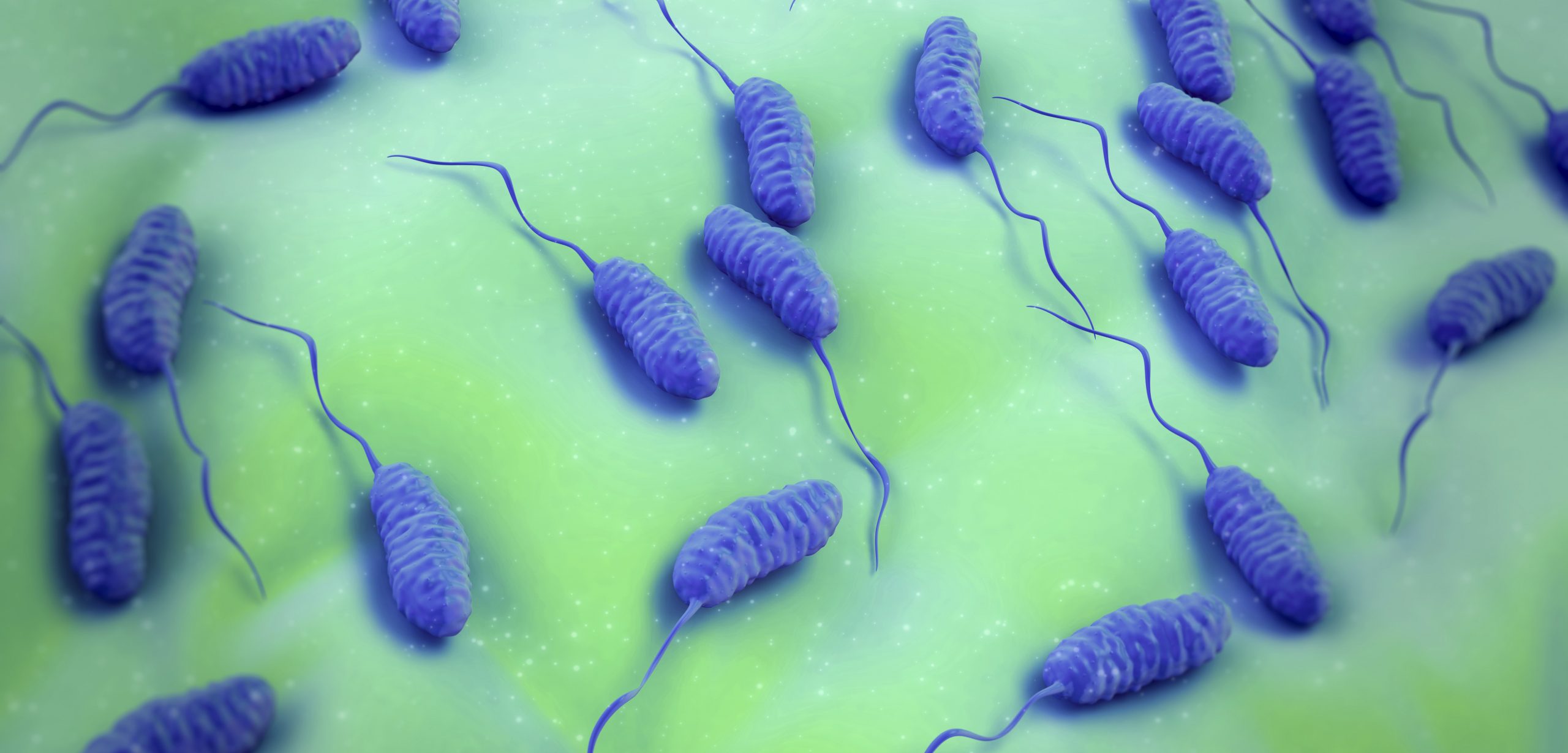Stopping the Stowaways
Ships’ ballast tanks are full of unwanted tagalongs, and researchers are working out the best way to kill them.
Article body copy
When a ship leaves port and its cargo is running light, the crew takes water into holding tanks in the ship’s hull. The water in these tanks, known as ballast tanks, weighs the ship down and makes it more stable. Ballast water is a clever solution to the devilish problem of how to keep an unladen ship upright, but its effect on marine ecosystems is akin to what Hollywood exports did to global media.
When the ship arrives at its destination and it’s time to load more cargo, the ballast water—and any critters and microorganisms in it—is flushed out. Ballast water has transported bacteria like the cholera-causing Vibrio cholera, and bigger organisms such as the European zebra mussel, across oceans, causing billions of dollars worth of damage and potentially spreading disease in the process.
Of the world’s 232 marine ecological regions, at least 194 are now playing host to invasive species—intruders that usurp ecological niches. The most successful invaders outcompete local species for food, proliferate faster than they can be controlled, and even kill environmentally and economically important species.
The spreading of species through ballast water is a known problem, and it’s one that’s recently come under the eye of the International Maritime Organization (IMO), the UN’s specialized agency for shipping. In the coming weeks the IMO’s new Ballast Water Management Convention will go into effect. The convention sets out the permissible standards for the numbers of bacteria, protozoa, and zooplankton that can be present in ballast water. None of these levels are zero, but they’re the lowest they’ve ever been.
With tighter regulations in the works, the question now becomes how to meet them.
Most existing techniques to treat ballast water, as it turns out, aren’t very good.
Physical filters can stop the bigger organisms from getting on board, but that still leaves the microscopic ones, like bacteria and plankton. Chemical treatments are effective at killing these unwanted passengers, but they’re not doing the environment any favors.
According to new research, the concentration of sterilizing chemicals being pumped out with treated ballast water might actually be damaging the environment more than the invasive species would.
To meet the new IMO standards without damaging the environment, greener ballast water treatments are needed. Fortunately, a number are in the works.
One promising approach is to treat the water with sodium hydroxide, a strong base. A research team from the US Geological Survey recently found that sodium hydroxide can kill bacteria recovered from ballast water. Sodium hydroxide has the added benefit of being cheap, and, because it can be neutralized with acid, safe to discharge into the sea. Sodium hydroxide also “provides anti-corrosion [properties] to steel that ballast tanks are constructed from,” the researchers write.
Another technology that’s under development is treatment with ultraviolet (UV) light. Many ships already use UV light to sterilize water, but researchers have now found a way to make it more effective. According to another new study, UV light is significantly more effective at killing some microscopic algae in the presence of titanium oxide.
These technologies show promise in the lab, but will need to be tested in the field before they can be considered for widespread use.
With new research and continual developments in ballast water treatment technologies addressing the how, another question is where ballast water should be treated. Should each ship have systems on board, or would static facilities in ports be more effective?
“From an environmental point of view it’s better to have the systems in ports,” says Roberto Rivas Hermann. Hermann, who works with the Maritime Centre for Operations and Development in Denmark, is an expert in retrofitting ballast water treatment systems. “As well as cutting down on the materials you need and the footprint you leave by building thousands of treatment systems, you could save a lot of money by having a central system in each port.”
Putting the systems in the ports would effectively put the ports in control. While this would give them better oversight of the treatment, it could also give them unwanted responsibility. Such a shift in approach is likely to take time and meet opposition, regardless of the potential savings.
So while researchers continue to develop and test new approaches to tackle invasive species, shipping companies and ports need to talk about how, and where, those new technologies could be implemented if they are to have a positive effect on the environmental impact of shipping.

